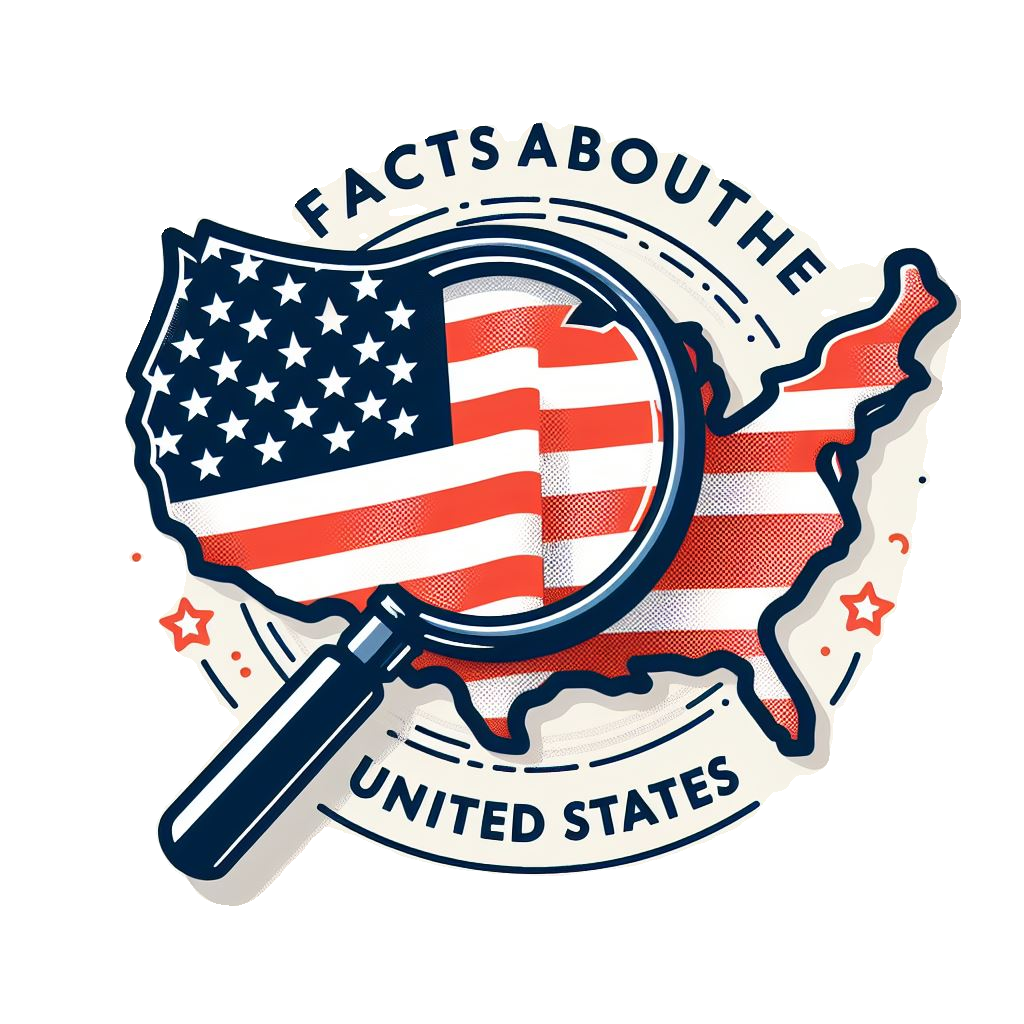From Cat Videos to Cultural Phenomenon: Enter YouTube
YouTube. It’s a platform synonymous with online video, a place for everything from funny cat compilations to educational lectures and music videos. But YouTube’s story is more than just watching videos; it’s a tale of innovation, democratization of content creation, and the constant struggle to balance free expression with responsibility.
From Dorm Room Project to Video-Sharing Giant
In 2005, Steve Chen, Chad Hurley, and Jawed Karim, a trio of former PayPal employees, dreamt of a platform where people could easily share videos online. Back then, sharing videos online was cumbersome and slow. YouTube, with its user-friendly interface and focus on ease of upload, quickly gained traction. The very first video uploaded? Titled “Me at the zoo,” it featured co-founder Jawed Karim at the San Diego Zoo and can still be viewed today – a reminder of YouTube’s humble beginnings.
Beyond Entertainment: A Platform for Everyone
YouTube wasn’t just about funny cat videos (although there are plenty of those too). It empowered everyday people to become content creators. Anyone with a camera and an internet connection could share their passions, ideas, and experiences with a global audience. This democratization of content creation led to an explosion of diverse voices and perspectives on the platform. Educational channels sprouted up, offering free lessons on everything from history to coding. Musicians found a new way to reach fans and showcase their work. For many, YouTube became a launchpad for careers in entertainment and media.
The Rise of YouTube Stars and the Power of Community
YouTube’s focus on user-generated content fostered a strong sense of community. Viewers could subscribe to their favorite creators, leaving comments and engaging in discussions. This interaction between creators and viewers fueled the rise of YouTube celebrities – personalities who built massive followings through their unique content and engaging delivery. These “YouTubers” became cultural icons, influencing fashion trends, music tastes, and even social movements.
Challenges and a Maturing Platform
As YouTube grew, it faced challenges. Issues like copyright infringement, hate speech, and the spread of misinformation became concerns. The platform has implemented various measures to address these issues, including content moderation systems and copyright protection tools. However, striking a balance between free expression and content safety remains an ongoing struggle.
The Future of YouTube: Balancing Innovation with Responsibility
YouTube continues to evolve. New features like live streaming and YouTube Shorts cater to our ever-changing online habits. The platform is also exploring emerging technologies like virtual reality, potentially creating new avenues for storytelling and immersive experiences. As YouTube moves forward, it will need to navigate the challenges of content moderation, adapt to technological advancements, and ensure it remains a platform that empowers creators and fosters a positive online community.
One thing’s for sure: YouTube’s journey from a dorm room project to a global phenomenon has fundamentally changed how we consume and create video content. Whether you’re a casual viewer or an aspiring creator, YouTube’s story is a testament to the power of the internet and the potential for online communities to thrive.
